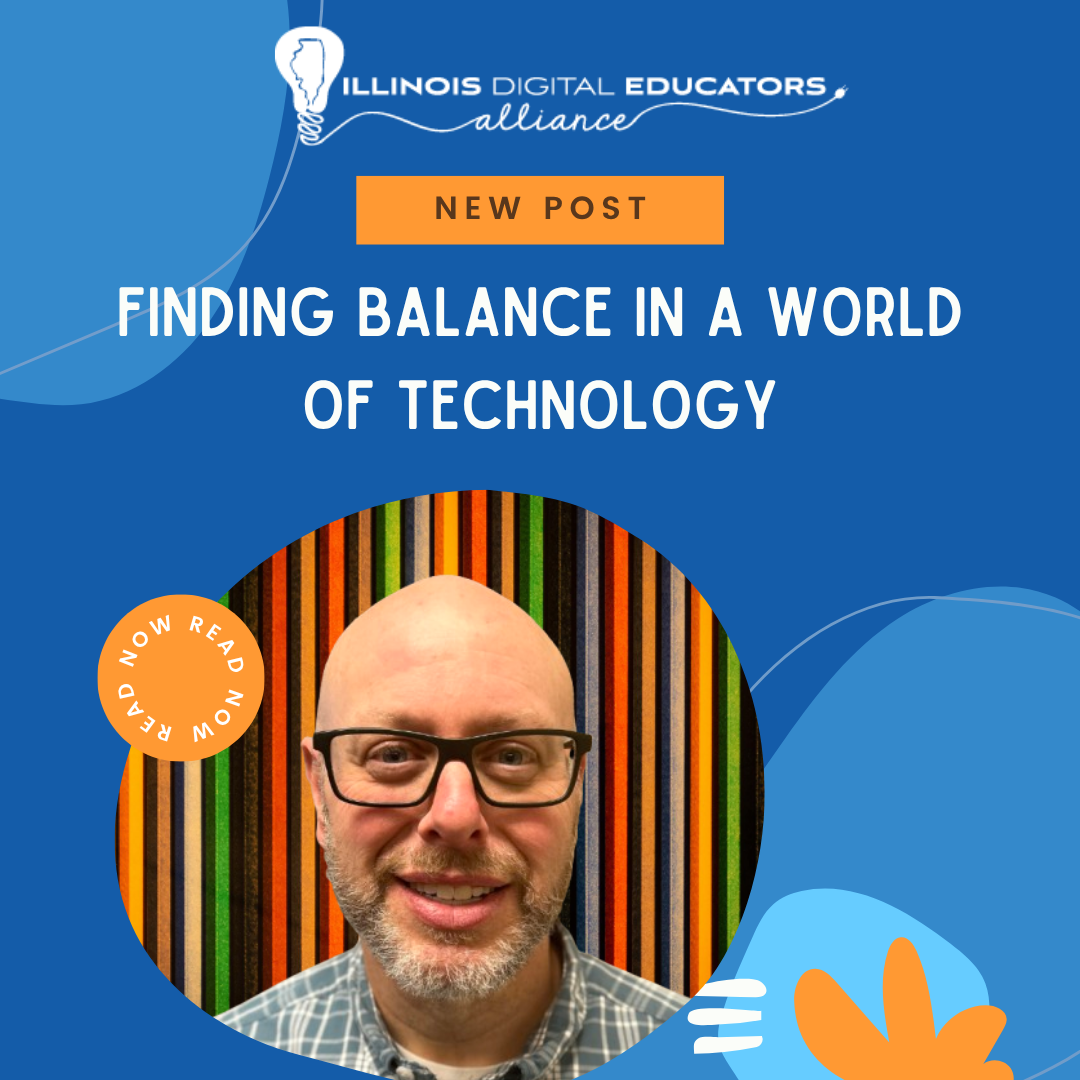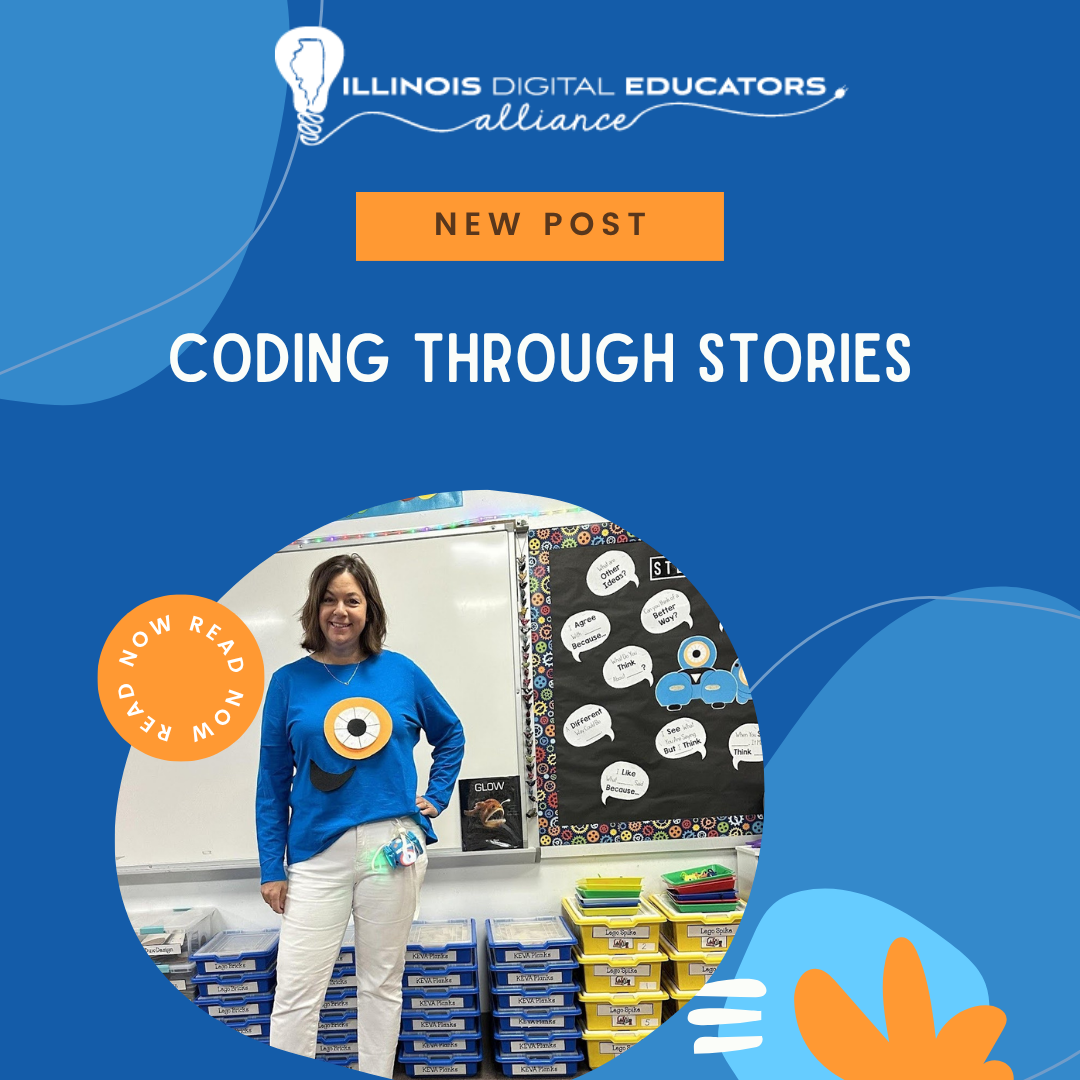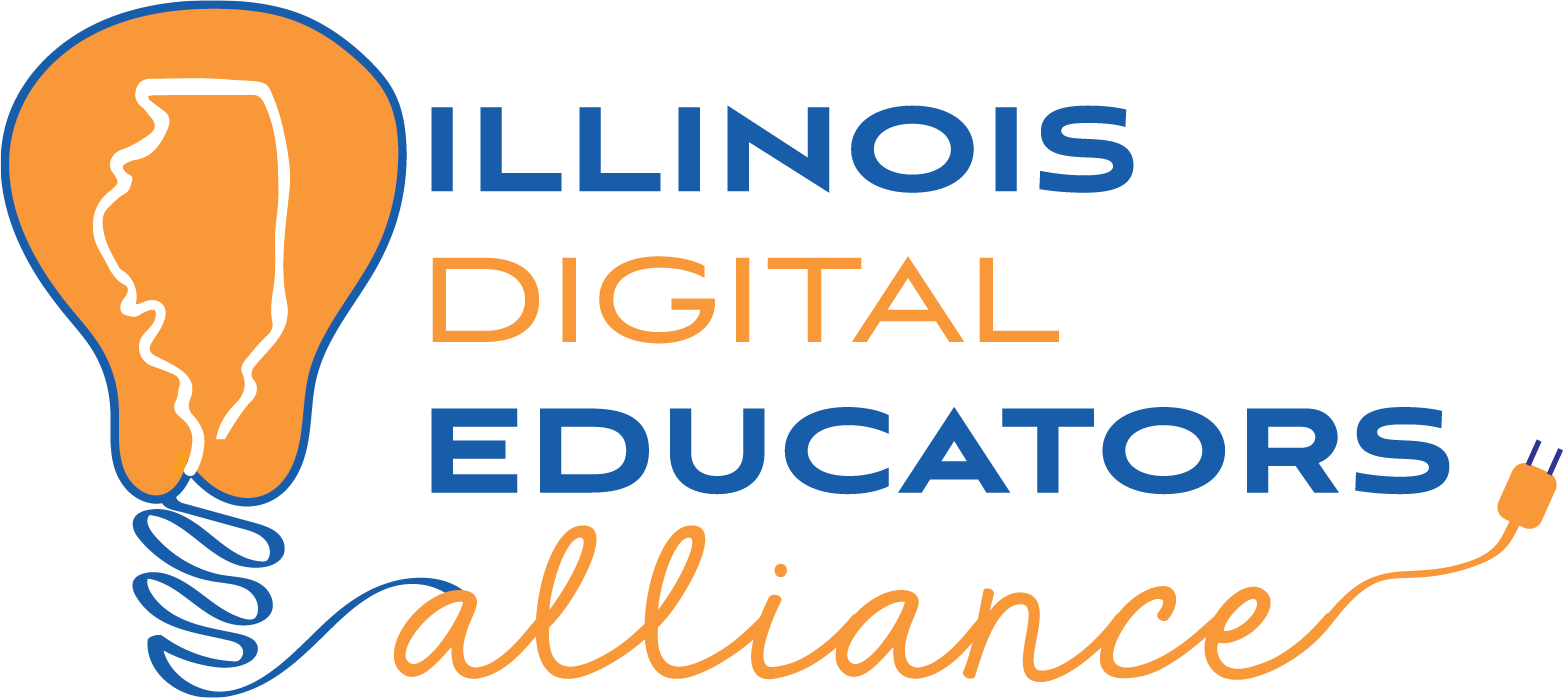Turning AI from Hurtful to Helpful in the Classroom
Artificial Intelligence (AI) is no longer a distant concept banished to science fiction. It has become an integral part of everyday life, especially in education. From personalized learning to administrative assistance, AI holds the potential to revolutionize how we teach and learn. However, its impact is not always positive. When used improperly or without a clear understanding of its limitations, AI can create challenges rather than solutions.
As educators, it's crucial to shift AI from being a hurtful tool to a helpful one in the classroom. Here's how we can harness the power of AI to support students, enhance learning experiences, and improve educational outcomes.
1. Understand AI's Role and Limitations
The first step in turning AI from harmful to helpful is gaining a clear understanding of what AI can and cannot do. While AI is great for tasks like grading, data analysis, and generating content, it lacks human empathy, creativity, and judgment. Over-relying on AI for tasks that require emotional intelligence or nuanced decision-making can lead to problems, such as ignoring the individual needs of students (Anderson & Rainie, 2018).
AI should be seen as a tool that enhances human capabilities, not as a replacement for teachers or personalized instruction. By setting realistic expectations about AI’s role, educators can avoid pitfalls and use it in ways that genuinely support student success.
2. Use AI for Personalization, Not Uniformity
One of AI’s greatest strengths is its ability to personalize learning experiences. AI-powered platforms can assess students' progress and adapt to their individual learning styles, offering customized lessons, exercises, and resources. However, if misused, AI can lead to a “one-size-fits-all” approach that ignores the diverse needs of students (Holmes et al., 2019).
To make AI a helpful tool, educators must ensure that it is used to complement diverse teaching strategies. Rather than solely relying on AI for automated assessments or content delivery, it should be paired with hands-on activities, discussions, and collaborative projects. The goal is to create a balanced environment where AI supports, rather than replaces, the teacher's role in understanding and addressing each student's unique needs.
3. Promote Critical Thinking and Digital Literacy
AI's influence can sometimes discourage critical thinking if students rely too heavily on it for answers. For example, AI-driven tools like chatbots and writing assistants can provide quick solutions, but this can encourage passivity and a lack of problem-solving skills (Binns, 2018).
To prevent this, teachers should use AI as a tool to foster critical thinking and digital literacy. Encourage students to question the answers AI provides and guide them through a process of evaluating the quality of information. By incorporating AI in assignments that require students to analyze and synthesize information, educators can promote skills such as creativity, logical reasoning, and independent thinking.
4. Ensure Privacy and Security
AI in the classroom often relies on collecting data to personalize learning experiences, but this raises important concerns about student privacy and data security. If AI systems are not properly managed, they can expose sensitive student information to misuse or unintended exposure (Gellman, 2019).
To ensure AI remains helpful, schools must prioritize data protection and transparency. It's crucial to implement strict privacy policies and choose AI platforms that comply with local data protection laws, such as GDPR in the European Union or FERPA in the United States. Teachers should also educate students about the importance of digital privacy and the ethical use of AI, teaching them to recognize potential risks and avoid sharing personal information online.
5. Promote Equity and Accessibility
AI has the potential to bridge the gap for students with learning disabilities or those who face challenges accessing traditional resources. For example, speech-to-text tools can help students with dyslexia, while AI-driven language translation apps can assist non-native speakers in understanding lessons (Brynjolfsson & McAfee, 2014).
However, AI can also perpetuate inequities if access to technology is not universal. To ensure AI is helpful, educators must advocate for equitable access to technology, ensuring that all students, regardless of socioeconomic status, have the tools they need to succeed. This might involve working with local governments, businesses, and communities to provide resources or support for students who lack access to the necessary technology.
6. Continually Evaluate and Adapt AI Integration
AI is a rapidly evolving field, and the tools we use today may not be as effective tomorrow. Therefore, it’s crucial to continuously evaluate the effectiveness of AI in the classroom and adjust strategies accordingly. Regular feedback from students, parents, and fellow educators can help identify areas where AI is thriving and areas where it needs improvement (Baker et al., 2019).
AI should always be integrated in a way that aligns with the broader educational goals and values. Teachers should remain vigilant in evaluating the ethical implications of the technology they use and be prepared to adapt their methods as needed.
Embracing AI for Positive Change
AI in the classroom holds immense promise, but only if it is implemented thoughtfully and responsibly. By understanding AI's strengths and limitations, using it to support personalized learning, ensuring privacy, and promoting critical thinking, educators can transform AI from a potentially harmful force into a powerful ally in the learning process.
The key to turning AI into a helpful classroom tool is not about replacing teachers but enhancing their ability to support students in ways that were previously unimaginable. By using AI to amplify their efforts, educators can create more engaging, personalized, and equitable learning environments that prepare students for the challenges of the future.
References
Anderson, J., & Rainie, L. (2018). AI, robotics, and the future of jobs. Pew Research Center.
Baker, R. S., D'Mello, S. K., Rodrigo, M. M. T., & Graesser, A. C. (2019). Better conversations with intelligent tutors. International Journal of Artificial Intelligence in Education, 29(1), 1-8.
Binns, R. (2018).
The ethical impact of artificial intelligence in education.
Journal of Educational Technology & Society, 21(4), 4-19.
Brynjolfsson, E., & McAfee, A. (2014).
The second machine age: Work, progress, and prosperity in a time of brilliant technologies. W. W. Norton & Company.
Gellman, R. (2019).
Data privacy and security in the classroom: The future of student information.
Journal of Privacy and Data Protection, 25(2), 19-33.
Holmes, W., Bialik, M., & Fadel, C. (2019). Artificial intelligence in education: Promises and implications for teaching and learning. Center for Curriculum Redesign.
Luckin, R., Holmes, W., Griffiths, M., & Forcier, L. B. (2016).
Intelligence unleashed: An argument for AI in education. Pearson Education.

Sara Reynolds has been a classroom teacher for 6 years and currently teaches 3rd Grade in East Moline. She has been a Technology Innovator for 2 years where she supported teachers integrating technology during the heart of the pandemic. She’s passionate about gamification and having students create while learning. Sara is the Governing Board member for the IDEA Blackhawk Chapter.




